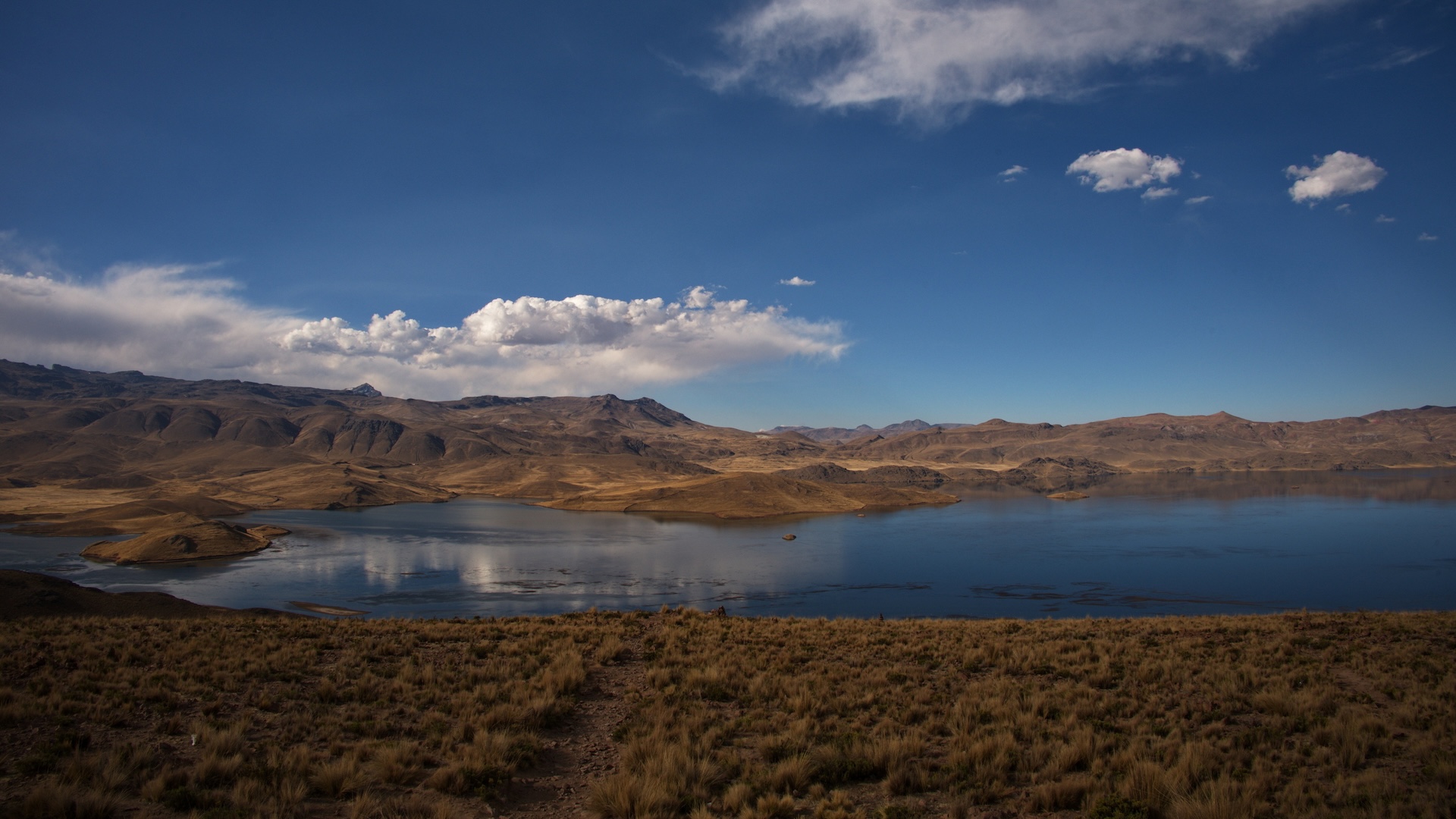Andes region formed in 4 stages over the last 24 million years, new modeling study suggests
Paleostress modeling shows how a region of the Andean Plateau was uplifted and formed beginning more than 20 million years ago.

The Andean Plateau in South America rises, on average, more than 4,000 meters above sea level, formed by orogenic uplift that began more than 20 million years ago. Orogeny occurs at convergent plate margins as compressed plates crumple upward, resulting in mountain ranges and associated geological features. Researching the formation of this massive plateau, second only to the Tibetan Plateau in terms of height and breadth, could improve scientific understanding of similar regions around the world.
In a new study, Quiroga et al. combined multiple data sources to track the evolution of stress and crustal deformation across the Puna region in the south central Andean Plateau over the past 24 million years.
The researchers used satellite imagery to map the current structural features of the plateau. With a technique called forward modeling, they used the results of this mapping to reconstruct the geometric shifts of past deformations. They also used uranium-lead dating to determine the ages of zircons—hardy minerals whose makeup can provide clues about the conditions in which they formed—from the region. The zircon ages helped them track regional shifts in the magnitude and orientations of stresses affecting the plateau.
The team separated the plateau's evolution into four stages, with the first characterized by east–west compression, the last dominated by a strike-slip regime, and the middle two being transitional states between the two regimes.
Understanding the Andean Plateau's uplift in a changing stress regime, rather than in a uniform state over time, has implications for broader research into how mountain ranges form. The progression identified in the new study is similar to orogenic evolutions proposed for the Tibetan Plateau and the Peruvian Andes, according to the authors. However, regions such as the Tibetan Plateau have already reached critical stress levels, which cause the crust to spread and thin in a process known as orogenic collapse. In contrast, the new results indicate an absence of normal faulting on the Andean Plateau, suggesting it is not yet collapsing. (Tectonics, https://doi.org/10.1029/2023TC008185, 2024)
This article was originally published on Eos.org. Read the original article.
Sign up for the Live Science daily newsletter now
Get the world’s most fascinating discoveries delivered straight to your inbox.
Nathaniel Scharping is a contributing writer for Eos.org.









